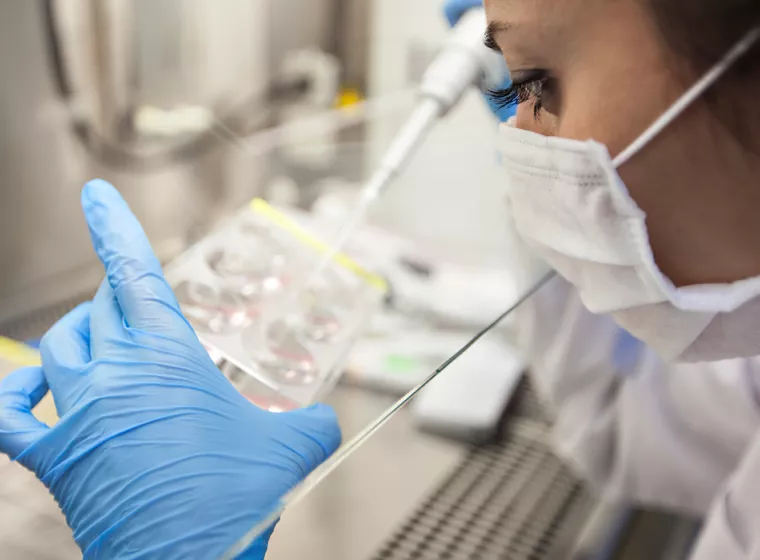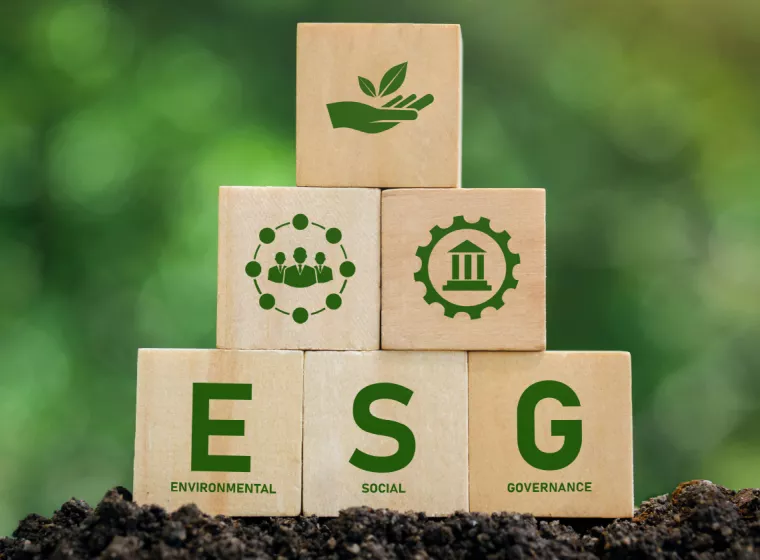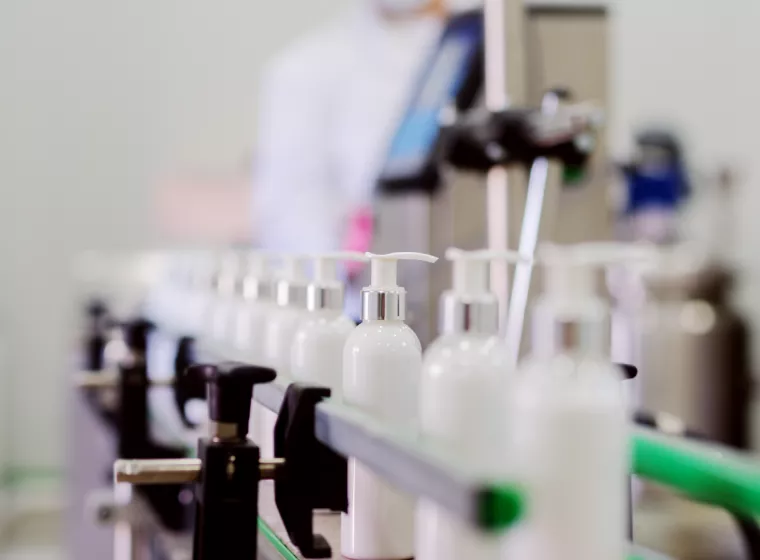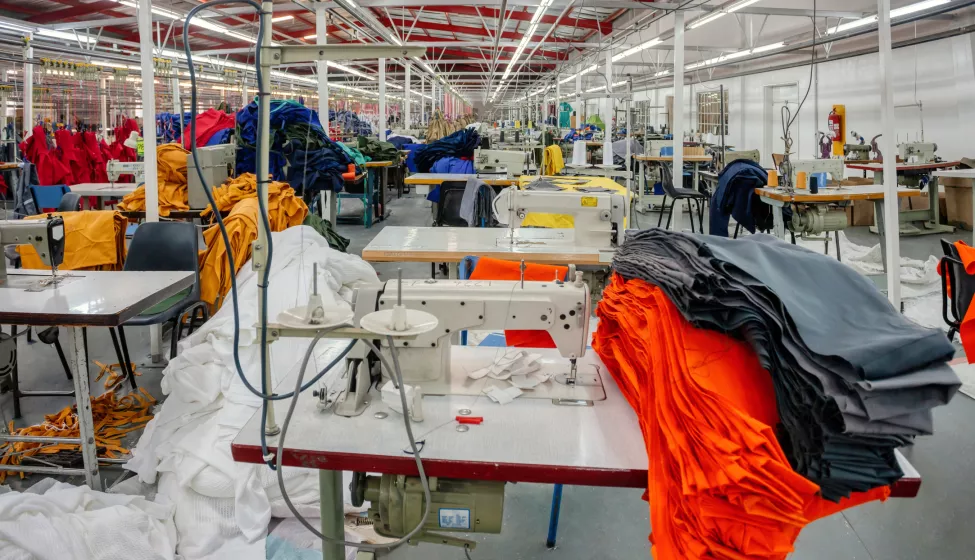February 1, 2024
Certification organization introduces new limit on total fluorine in certain textile and leather products as a proxy for PFAS monitoring
On Jan. 9, OEKO-TEX, a leading global certification system for the textile and leather industries, released its annual update on test criteria, limit values, and guidelines for its certifications. Among the updates, OEKO-TEX has implemented a new 100 mg/kg (ppm) limit on total fluorine for all textile and leather product classes, effective Jan. 1 for its Standard 100, Eco Passport, Leather Standard, and Organic Cotton certifications. This change is intended to enable "all OEKO-TEX® certifications to remain compliant with the U.S. regulations on PFAS." Personal protective equipment alone will be exempt from the total fluorine limit.
OEKO-TEX certifications are growing in popularity among brands wanting to create transparency for consumers, with OEKO-TEX issuing more than 43,000 certificates and labels between July 2022 and June 2023. OEKO-TEX certifications provide manufacturers with additional verification that their materials are tested for several hundred harmful or restricted substances, including per- and polyfluoroalkyl substances (PFAS).
However, while OEKO-TEX certification can help textile and leather manufacturers comply with emerging PFAS regulations, measurements based on total fluorine potentially present additional difficulties for companies interested in obtaining certification for their materials.
Issues with using total fluorine as a proxy for PFAS in consumer products
OEKO-TEX's switch from previous limits based on extractable organic fluorine (EOF) methods to a total fluorine test method reflects a lack of harmonized analytical methods for identifying PFAS in consumer products. There are currently no industry standard testing methodologies for EOF, total organic fluorine (TOF), or total fluorine in textile and leather products.
Measurements of total fluorine may also include more than what is strictly defined as PFAS and therefore may not reliably indicate the presence or concentrations of PFAS in a product. Total fluorine analysis measures the combined contribution of both organic fluorine and inorganic fluoride. Inorganic fluoride chemicals, which are not related to PFAS, are commonly contained in laundry detergents, fabric dyes, and other raw materials used in the textile industry.
OEKO-TEX did not describe how it will determine whether total fluorine found in garments are related to PFAS or sources of inorganic fluoride in its annual update, nor did they specify the anticipated proportion or proportional range of organic fluorine versus inorganic fluoride in textile products.
PFAS challenges for supply chains and product stewardship programs in the textile industry
The textile industry has traditionally used PFAS for their oil, water, and stain repellant properties. Along with a number of other states regulating PFAS in consumer products, California and New York have enacted bans on the intentional use of PFAS in textiles, prompting manufacturers to seek alternatives. But even with the elimination of intentional PFAS use, PFAS contamination above regulated limits may still be found in materials processed or handled in these facilities. The complexity of textile and apparel supply chains makes fully eliminating PFAS use in the industry difficult.
Total fluorine test methods do not allow manufacturers to identify whether the presence of fluorine in samples is due to PFAS contamination or to non-PFAS fluorine-containing compounds (such as salts used in textile processing). Manufacturers must therefore consider a multi-tiered approach in their product stewardship programs to fully understand potential sources of fluorine in their products.
What Can We Help You Solve?
Exponent closely monitors the continually changing PFAS regulatory landscape to help clients prepare for new PFAS regulations. Our experts have years of experience investigating supply chains for PFAS sources, working with third-party laboratories to test materials and products for specific PFAS and total organic fluorine, and assisting clients in making decisions that suit their product lines and stewardship goals.

PFAS Consulting Services
Manage PFAS in your products, supply chains, and waste streams.

Product Stewardship
Overcome business and regulatory challenges at every stage, from research and design to disposal and recycling.

Sustainability
Meet changing sustainability regulations with rigorous science and experienced consulting services.

Regulation & Safety of Personal Care Products
Ensure safe, high-quality personal care products with experienced consulting expertise.

Polymers Expertise for Consumer Products
Rigorous testing and analysis of polymers in consumer products.




